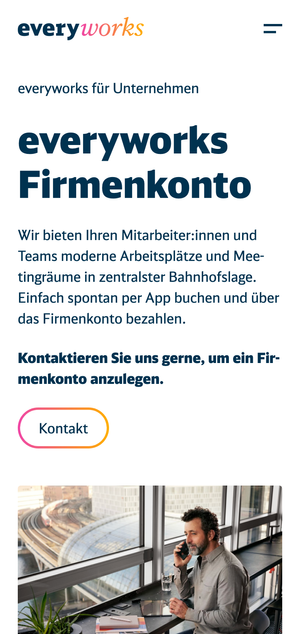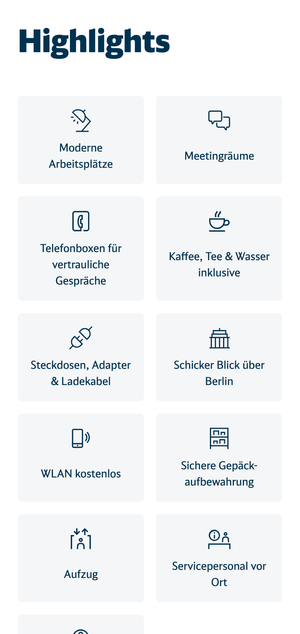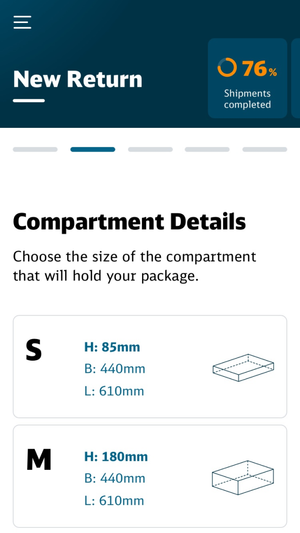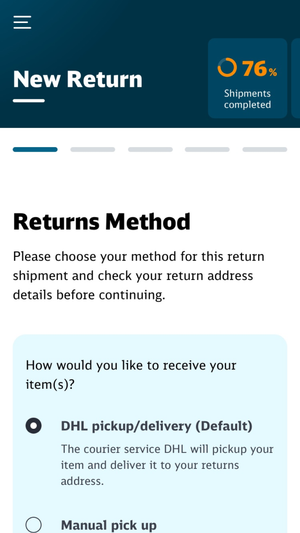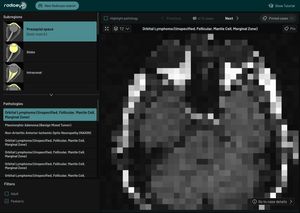
everyworks
Flexible and modern coworking spaces at train stations across Germany
The Story
everyworks takes coworking one step further. The project of the DB Station&Service AG opens office space at train stations as coworking spaces with minute-based billing or tailor-made office solutions on a monthly basis. bitcrowd built the Elixir API, admin backend, and booking system, which power the native apps built by our friends at evenly.
A product for

Deutsche Bahn
Team

Darren Cadwallader
UI/UX Engineer

Agathe Lenclen
Developer

Malte Rohde
Developer

Max Mulatz
Developer

Hannah Voget
Developer

Ed Eva
Product Designer

Angelika Tyborska
Developer

Andreas Knöpfle
Developer
